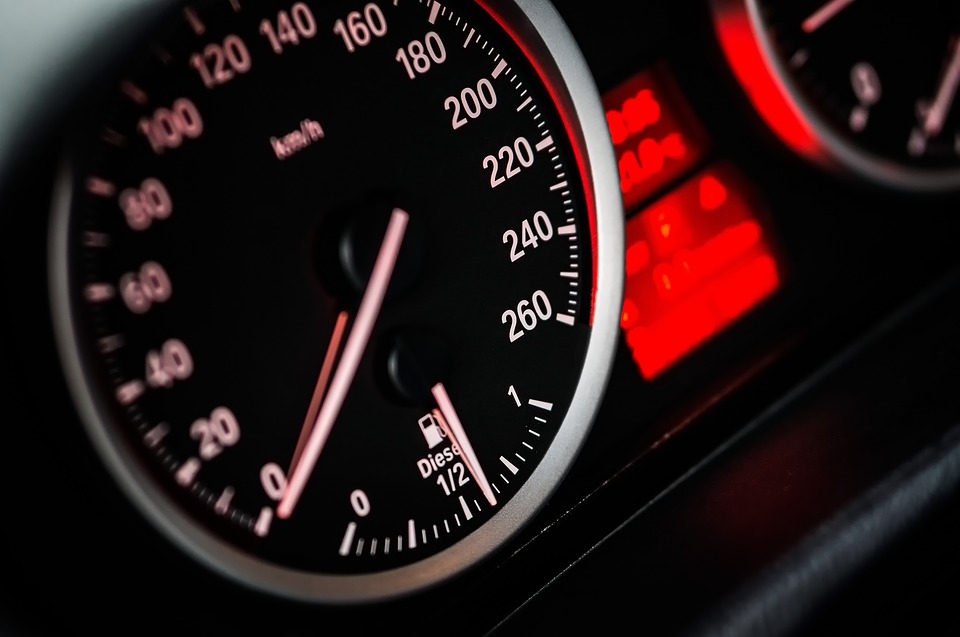An Overview of 'Limp Mode' and What it Means
25th Jul 2017

Unless you've experienced it first hand, perhaps you're unfamiliar with automotive "limp mode." In fact, most drivers have never even heard of this before. It's not until it happens to your car when you begin to research it. So, what exactly is limp mode?
Limp Mode: The Basics
Limp mode is an unofficial term used to describe a safety mechanism in modern automobiles that limits the speed, RPMs and other elements. Beginning in the 1980s, automakers have installed computers in automobiles to monitor and control various systems. Originally, these computers were used specifically for emissions and fuel efficiency. However, they are now used to control everything from airbags and air conditioning to sequence timing, handling and more.
Assuming everything runs as intended, you shouldn't experience any problems with your car's on-board computer. However, there are countless things that can go wrong, some of which may trigger limp mode. If the computer detects a critical or potential critical problem, it may limit the speed at which you can drive by going into limp mode. You may still be able to turn on and drive your car, but your speed may be limited to 40-50 mph.
The purpose of limp mode is to protect the engine and transmission from catastrophic damage while still giving you the opportunity to "limp" your car to a nearby mechanic (hence the name).
What You Should Do
If your car goes into limp mode, you should pull over to a safe location and turn off the engine. Normally, limp mode is accompanied with a check engine light, in which case you can use a scanner to read the code. Different problems create different codes, so it's important to check to see what code or codes is present in your car's computer. Using this information, you can pinpoint the problem to get your car out of limp mode.
Depending on what's causing your car to enter limp mode, you may be able to drive it to a nearby mechanic. If you aren't comfortable driving at a limited speed -- or if the problem is serious -- you should have your car towed.
If the problem is intermittent, you may be able to get your car out of limp mode by disconnecting and reconnecting the battery. Unfortunately, this may also erase any stored check engine codes; thus, making it difficult to identify the problem. So, make sure you read the code before attempting to disconnect and reconnect your car's battery.

